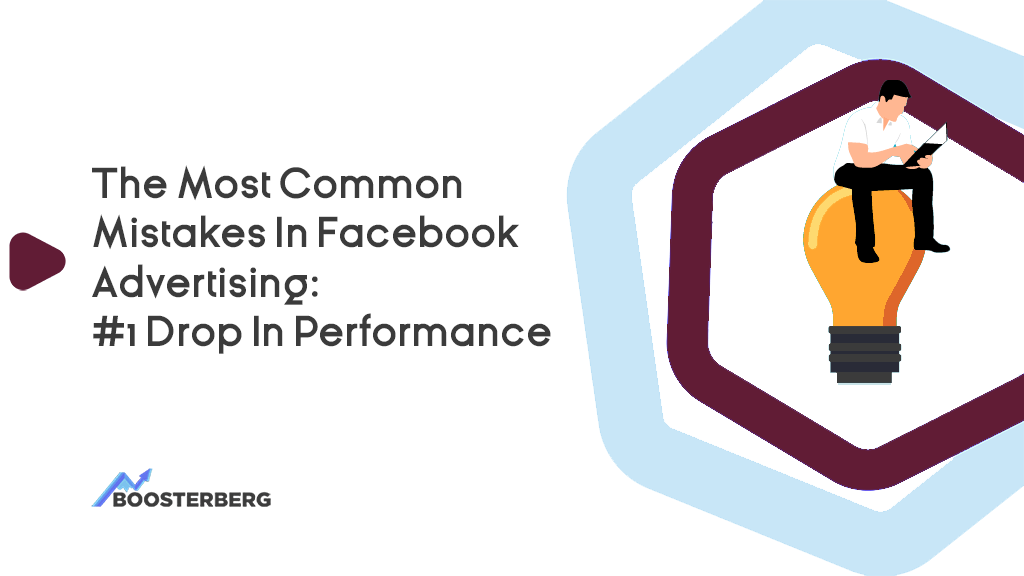“Hi, I’ve been auditing a lot of FB Ads lately. Slovak and foreign, with turnover from a few tens of thousands up to 50M+ EUR per year.”
This is how Martin Palsovic, an e-commerce consultant with more than 14 years of marketing experience started the message with his results of dozens of Facebook Ads account audits. He decided to write down the most common observations and mistakes. Let’s hope they will help someone. It is really surprising, how many of even the big agencies and freelancers don’t understand the fundamental principles of campaign structure, budget distribution, or optimization.
The two of the global insights:
1. Most people don’t realize that FB Ads are a tool that can jump an e-shop to a turnover in the millions or tens of millions. Of course, in more countries. It’s harder and more expensive than it used to be, but it’s still possible and profitable.
2. There are no “easy” hacks in the style of set this/go like this that guarantee success. Anyone who says otherwise is probably trying to sell you some kind of course or make money off of you. A good Ad account, thanks to which you jump off the brand, needs first of all a good product with a good margin and then a lot of hard work and testing.
If we had to pick one of the most important things in terms of Facebook advertising, it’s creativity. Creative has the biggest impact on the results of your campaigns – provided you don’t sell nonsense on the wrong site. Now for the specific stuff, we will go over 6 themes each week, starting with the drop in performance
PART #1: DROP IN PERFORMANCE
Lately, there has been a fundamental change in how Facebook Ads works. If you see a drop in performance, more expensive conversions, and fewer sales, you should know that most people in e-commerce are experiencing the same problem. It’s an unfortunate combination of timing changes within Facebook with changes in the world and changes in buying behavior.
Shortened attribution
Shortened attribution from 28 to 7 days => this can mean a drop in reported ROAS even by 50%.
Significant CPM growth
Growing competition between advertisers + fewer people Facebook can show Ads to (end of lockdown, summer) caused CPM to increase by 30-100%; this means CPA increase by 30-100% if you couldn’t compensate with better creatives and increased conversion.
Significant under-reporting by Facebook
Depending on how many conversions you have from iOS and if you (don’t) use CAPI (which is not used to bypass iOS14), it is possible that Facebook is reporting 20-50% fewer conversions than the reality. The easiest way to find out is by comparing the Purchase events triggered in Events Manager against the actual purchases in your store over the last 28 days. Even in a small market like the one in Slovakia, we have seen extremes like 40% under-reporting.
People often don’t have an evaluation system. They don’t have the right reporting dashboard set up and they don’t track the right metrics.
iOS14 Changes
Opt-out users from tracking on iOS14. Facebook uses modeled conversions, until recently they only worked for 1D Click. Currently, iOS conversions can be delayed by 24-72 hours. At the same time, conversions are reported on the day of the event, not on the day of the impression as they used to be.
Therefore, more time is needed to decide on a campaign. More on this in our blog post Apple’s changes – what it means for your digital marketing efforts?.
Platform metrics
Under these metrics you can imagine things like Link-Click CTR or custom metrics like See More Rate (how many people clicked on the ad) help indicate how the creative itself is performing. If I want a quick look at a new campaign, I use cost-per metrics that are less expensive than purchase, such as cost per view content or cost per add to cart. At the same time, ratio custom metrics also work well, for example, ratio of purchases to adds to cart, view content vs landing page views or landing page dropoff (landing page views vs outbound clicks), which indicates the relevance of the creative and site throughput (technical issues, loading time, etc.).
Given these facts, it is worth considering whether ROAS is still the right metric to evaluate campaigns. Personally, I am more inclined to evaluate through blended ROAS, or the so-called Media Efficiency Ratio, which takes into account the total resources invested in advertising vs. the total turnover and their relative ratio in scale. For inspiration on how to set up your campaigns properly, you can view one of our blogposts like Increasing the Efficiency of Facebook Marketing for Small Businesses
All credits for this series goes to Martin Palsovic, an e-commerce consultant with more than 14 years of marketing experience.
Focus on the things you are great in – your business, leave the struggles with Ad management. on US. Try one of our provided SERVICES for a hassle-free way to get ahead!
